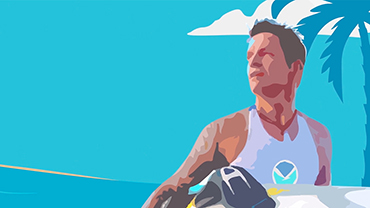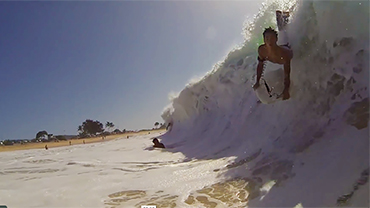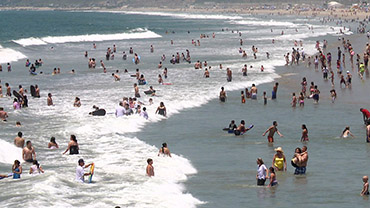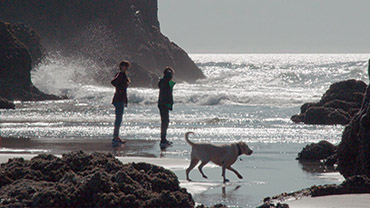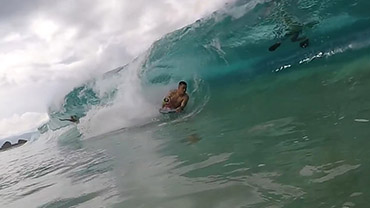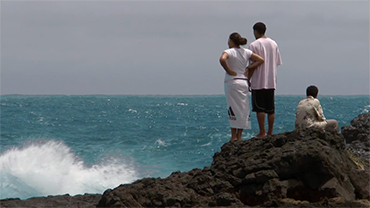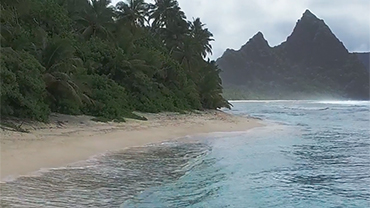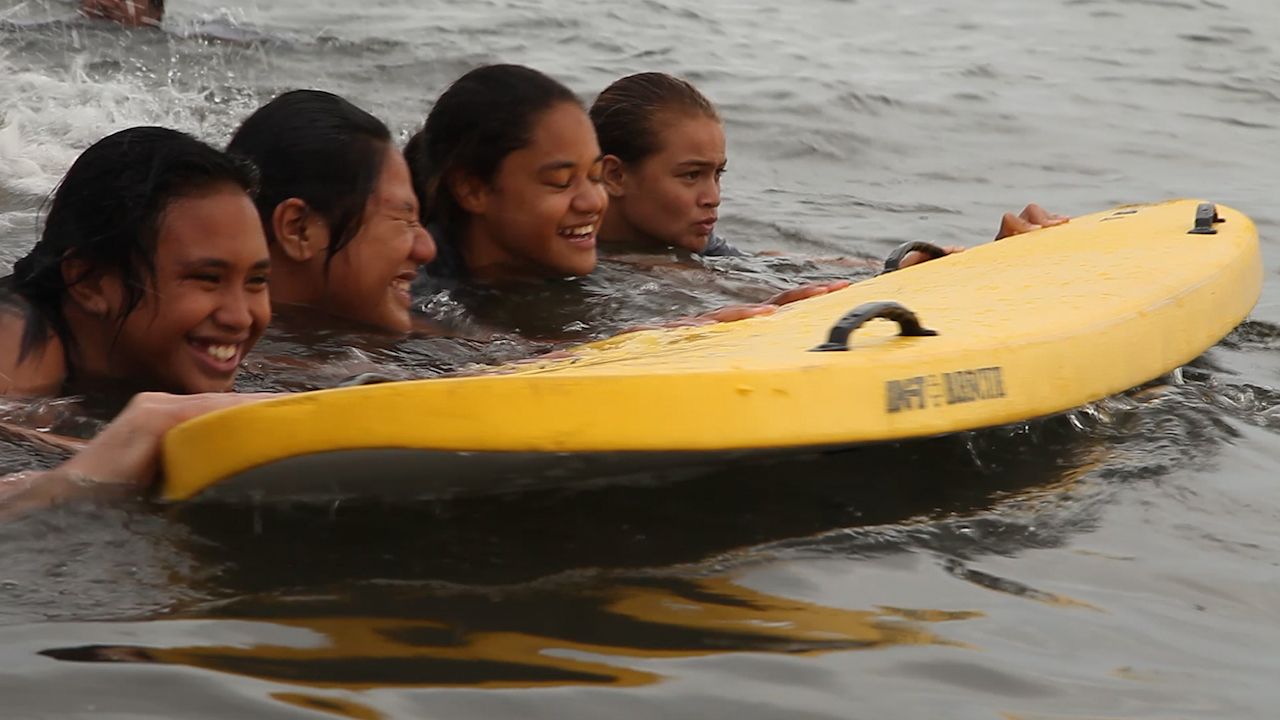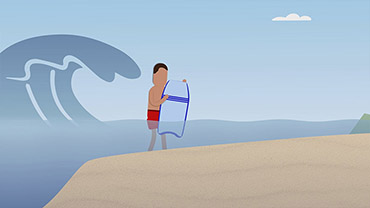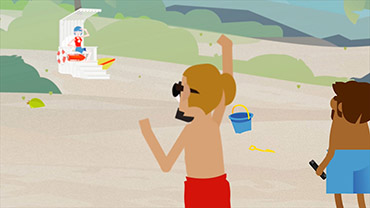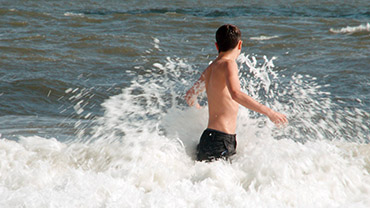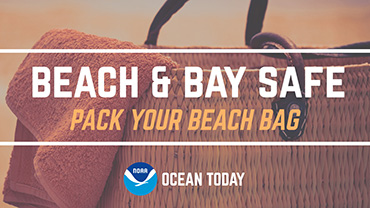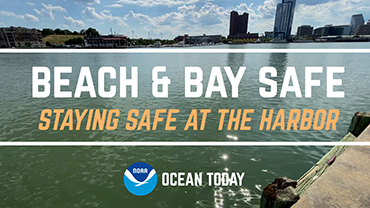Transcript
On the rugged coastlines of the Northwest, even walking along the beach can become dangerous. Whether you intend to get in the water or not, you must always respect the ocean.
Along these remote cliffs and beaches where sneaker waves, beach debris and extreme tides combine with freezing water, you must stay situationally aware and never take your eyes off the water, to be wave safe.
You won’t find many lifeguards along northwest shorelines and these coastal areas can be remote. Arrive knowing the local weather, surf and tide forecast for the beach you are visiting. NOAA’s national weather forecast site can let you know about local tides and forecasts. Local beach warning signs may provide information about specific hazards for that location. We recommend you don’t visit these shores alone, and always know exactly where you are and how to contact a park ranger or a professional rescuer.
While you are still in a safe and dry area, experts recommend you spend fifteen minutes watching the water to become aware of changing waves patterns and beach hazards. In areas like this, situational awareness involves watching out for dangers that might unexpectedly put you in the water. Cold water temperatures in the Pacific Northwest can make any immersion deadly.
A hazard you should always be aware of is sneaker waves. These are sudden, powerful waves that can rapidly travel hundreds of feet further up the beach than previous waves. They can cut off your escape path and sweep you into the cold water. What makes them so deadly is that they can be completely unexpected.
Never take your eyes off the ocean and on these enclosed beaches, that means ahead, beside and behind you so that your escape path is not cut off by sneaker waves or rising tides. If you see or feel wet sand that means waves may have recently been washing over the area. If the tide is rising you can become trapped or immersed in these rising waters.
Areas in the Northwest are also known for dense fog that can reduce visibility to just a few yards. Never approach the water if you don’t have at least six hundred feet or two hundred meters of visibility.
In these frigid north pacific waters getting knocked or pulled into the water can be deadly with cold water shock leaving you incapacitated in just minutes, even before hypothermia becomes a threat.
Another danger common on these forested coastlines is debris, especially fallen or cut logs. They can cover beaches, creating what may seem like a natural playground. A log weighing hundreds of pounds may feel stable and unmoveable, but even a few inches of water from a sneaker wave can be enough to lift and roll it, potentially trapping you. Stay off and well clear of any large logs or debris fields that are anywhere near the surfline or the high tide mark. If you become trapped by logs or debris stay calm and have someone call 911 for help if they can. As the water begins to recede, push the log with the outgoing water and move away in the opposite direction.
What if something happens to you or someone else? Keeping yourself safe while also helping others can save lives. When you see someone else in trouble, and before you act, stay calm and practice what we call “Take Ten.” Pause to alert the lifeguards, or someone on the beach and call 911. While help is coming look for something that floats or will let you reach and assist the person in trouble while you stay safe.
The most important action you can take is to protect yourself first so you don't become the tragic second victim.
The wild beauty of the Northwest coast is worth visiting again and again. You can enjoy the amazing wildlife and dramatic coastline safely by always respecting the power of its dangerous waves.
Before your feet hit the sand, join us as we visit American coasts in the Ocean Today Wave Safe Series.
 An official website of the United States government.
Here's how you know we're official.
An official website of the United States government.
Here's how you know we're official.

